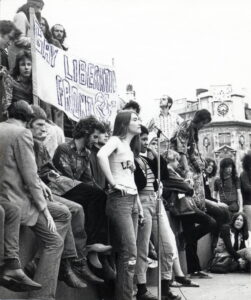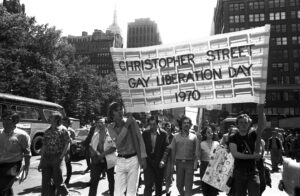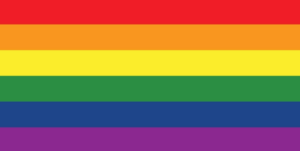50 years of Pride
This year the UK is celebrating 50 years of Pride.
On 1 July 1972 a ‘carnival parade’ of protest was held from Hyde Park to Trafalgar Square London. It was the first Gay Pride in a city in the UK and the nearest Saturday to the Stonewall date of 28 June.

On June 28th 1969, police raided a gay club in New York called the Stonewall Inn. This raid prompted 6 days of protests, demanding safe spaces for LGBT+ people to be open about their sexuality. A year later, the first Pride parade in New York was held (called Christopher Street Liberation Day) to commemorate those protests.
Each year in June we now celebrate Pride Month, with Pride Day being celebrated on June 28th to remember that first Pride parade in New York and the Stonewall Riots.
Information about the history of Pride can be read here: https://nationaltoday.com/pride-month/
On June 27th 1970, the day before the first Pride parade in New York was held, Chicago Gay Liberation organized a march in Chicago, Illinois. The original marches/parades were about raising awareness and inspiring activism, so as to promote change. In the 1980s, many parades started to drop the terms “Gay Liberation” or “Gay Freedom”, and instead used the term “Gay Pride”.

Pride parades now are inclusive of all LGBT+ people, and so to be more inclusive to everyone, “Gay Pride” has been changed to just “Pride”.
The rainbow flag is known as the symbol of Pride, and was created in 1978 by gay-rights activist and artist Gilbert Baker. He was encouraged by Harvey Milk, one of the first openly gay elected officials in the U.S, to create a symbol of pride for the gay community. The first versions of the rainbow flag were flown on June 25, 1978, for the San Francisco Gay Freedom Day parade. Baker and a team of volunteers had made them by hand!
Read more about the rainbow flag here: https://www.britannica.com/story/how-did-the-rainbow-flag-become-a-symbol-of-lgbt-pride
The Pride flag has 6 colours, each with their own meaning. However, did you know that the rainbow flag originally had 8 colours? Because of production issues when making the flags, the pink and turquoise stripes were removed which resulted in the contemporary six-striped flag (red, orange, yellow, green, indigo, and violet). Today this is the most common variant of the rainbow flag, with the red stripe on top, as in a natural rainbow.

There are also now many other Pride flags for different sexualities, but the rainbow flag is used to represent all LGBT+ people. To be even more inclusive, extra colours are often added to the flag; In June 2018, designer Daniel Quasar released a redesign to bring focus on inclusion and progress within the community. While retaining the common six-stripe rainbow design as a base, the “Progress” variation adds a chevron that features black, brown, light blue, pink, and white stripes to bring those communities (people of colour, transgender individuals, and those living with HIV/AIDS and those who have been lost) to the forefront.
